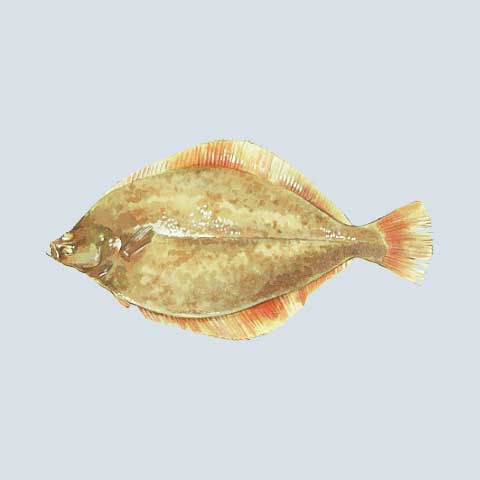The 2021 quota for summer flounder, or fluke, is 12.48 million pounds — up from last year. As of late May, almost 37 percent of quota had been landed, according to NOAA. So far, since the start of the 2021 fishing year, landings are up, compared to last year for January to April. In general, state allocations vary each year, based on the overall quota.
Not surprisingly, 2020 was defined by major market disruptions as a result of the covid-19 pandemic. But in some respects, the pandemic may not have had as large an impact on summer flounder compared to other species, in part, because it is a very well-established staple item in many regions. At times in 2020, fishing effort may have gone down, but some in the industry were lucky to be able to pivot to retail sales when restaurant markets tanked.
Average commercial ex-vessel price for fluke consistently increased from 2011 to 2017, reaching a peak at $4.40 per pound, but then fell in 2019. Total ex-vessel value in 2019 was $28.54 million. The 2020 average price per pound was depressed, relative to recent years — coastwide average ex-vessel price was $2.58 per pound (whereas in 2016-19, it averaged around $3.75 per pound.)
“2020 was definitely an odd year due to covid,” says Kiley Dancy of the Mid-Atlantic Fishery Management Council. “We observed a clear decline in landings compared to 2019, starting in April last year and lasting for a few months.” But eventually, adds Dancy, landings did return to “normal,” relative to the 2019 trajectory. When all was said and done, 2020 commercial landings ended up very close to 2019. “Preliminary data indicate 9.11 million pounds landed in 2020,” Says Dancy, “compared to 9.06 million pounds in 2019.”
A June 2020 study prepared for the Science Center for Marine Fisheries, as reported in NF, found that fluke brings in around $151 million in total sales (for seafood wholesalers, retailers and restaurants) and supports over 1,600 direct jobs. This year, some are predicting higher commercial landings than in 2020, while some say it is still too early to tell. “If the trends shown in the current monitoring report continue,” Dancy adds, “we would be on track to land more than the 9.11 million pounds landed in 2020.”
In some places, prices were significantly depressed this spring; what was usually $5 in early April was $2.50. James Lovgren, 64, a recently retired commercial fisherman out of Point Pleasant Beach, N.J., says in his area, summer flounder prices were down by a third this April.
“But, right now, prices and markets are up where they should be, in the $4 to $5 range.” Lovgren adds that prices at one point last year dipped to 50 cents per pound, mostly because of shuttered restaurant markets.
“I’ve been fishing for about 50 years, my family has fished over 100 years on the Jersey Shore,” says Lovgren. And he’s seen it all. “Last year was not the worst ever. In the ‘80s, flukin’ sucked. I can remember the first time I ran a boat... and 50 pounds an hour was a good tow. Now, 100 pounds an hour is a good tow. You can make a living on that.”
This winter, says Lovgren, “you’d have 1,000 pounds for a two-hour tow.” Lovgren attributes this to what he believes is a huge biomass of fluke: “It’s as healthy as it’s been.”
Lovgren, also a member of the Atlantic States Marine Fisheries Commission summer flounder advisory panel, thinks the catch caps are on target.
“I think quotas are about right,” he says. “Twenty-five million [pounds] a year is about the right number, in that ballpark. If they can do these prices through the summer, they will do well.” However, Lovgren thinks an annual resetting of quotas is not ideal.
“They should leave it alone for five years, then review it, instead of yearly,” he adds.
If Lovgren had a magic wand, he would like to see “Chicago or Kansas City set up some fluke markets. It’s more of an East Coast fish, but only because the middle of America doesn’t get good access to it!”
While summer flounder is considered to be abundant and not overfished, as with other species, there are environmental and climate change factors to consider, including the effects of ocean surface temperature, ocean acidification, sea level rise, and air temperature. Some studies have found that recruitment of juvenile summer flounder to the fishery has been below average since about 2011. A 2021 Habitat Climate Vulnerability Assessment reported the habitats important to summer flounder “and the very high and high climate vulnerability of these habitats, respectively, show a potential critical nexus of climate vulnerability.”
Additionally, there are potential changes coming in commercial/recreational allocations and other management options and possible regulatory actions being considered this year.







